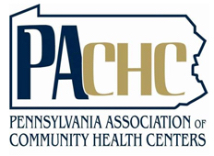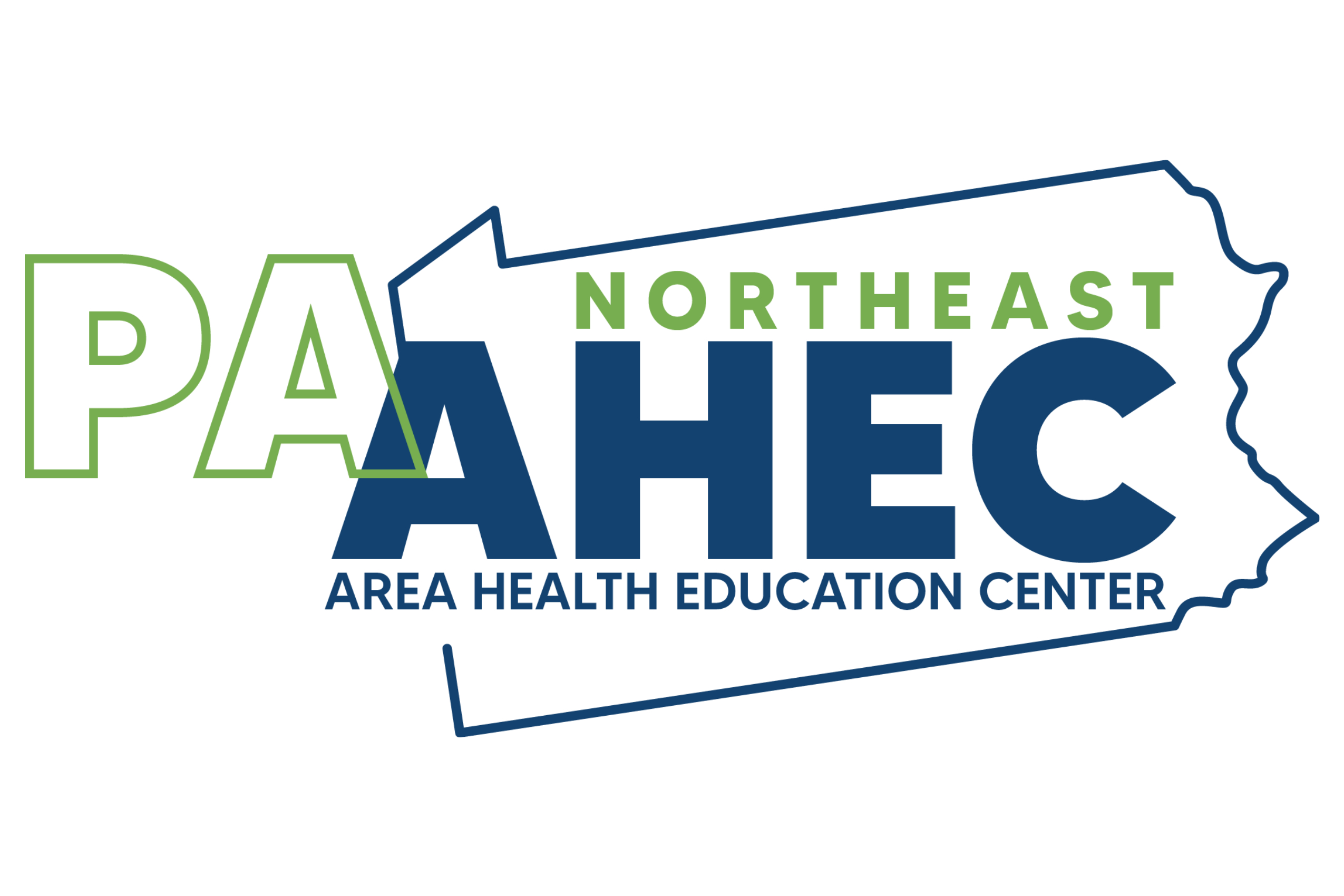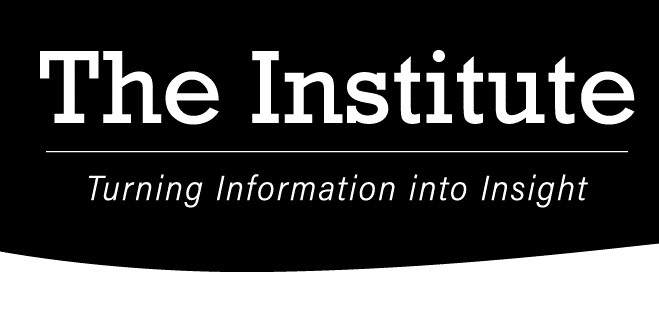DEI Blog: Disability Pride Month

As the vice president of Sponsoring Institution Diversity, Equity and Inclusion (DEI), I will be writing a monthly article that raises awareness, educates and encourages dialogue about important DEI matters as we build upon our supportive and inclusive culture at The Wright Center. Please go to TheWright.org/DEI-Blog to read the monthly posts.
July is Disability Pride Month. A very diverse term, “disability” refers to the interaction between individuals with a health condition and personal and environmental factors, according to the World Health Organization.
Disabilities do not discriminate based on culture, gender, religion, nationality or socioeconomic background. The federal Centers for Disease Control and Prevention estimates that 1 in 4 people in the United States, or more than 80 million people, live with a reported disability as part of their everyday lives. In Europe, an estimated 135 million people live with a disability, while the estimate for Africa is about 80 million people.
Those figures are eye-opening, and they also illustrate the importance of raising awareness about this important segment of society.
Not all disabilities are outwardly visible. There are many intellectual, physical, sensory and mental illnesses. Many people, though, have a hidden disability that could include a wide array of challenges, including chronic pain, gastroenterology disorders, anxiety, diabetes, arthritis and many more.
Being aware that not all disabilities are able to be seen helps us build a more sensitive, inclusive and empathetic workplace. Not knowing about someone’s disability does not excuse offensive behavior or actions. Educating ourselves on this important issue helps The Wright Center maintain a respectful community for everyone who is a member of our clinical, learning and caring communities.

The Disability Pride flag
Thankfully, Disability Pride Month serves to raise awareness about and celebrate the diversity and uniqueness of the disability community, while also commemorating the passing of the Americans with Disabilities Act (ADA) in July 1990. This landmark legislation prohibits discrimination against people with disabilities.
Disability Pride, much like LGBTQIA+ Pride, is all about celebrating our uniqueness and fostering a more inclusive, welcoming society. Regrettably, people with disabilities have historically been pushed out of public spaces. And disabilities – visible or not – often have been associated with stigma, barriers and misinformation.
Through informational articles like this one, we are working to educate and raise awareness about important social issues and topics. As you know, education builds awareness and, therefore, opens others up to the important elements of understanding and inclusiveness.
I am thankful to have a forum that enables me to honor the diversity and uniqueness of people with disabilities and chronic illnesses. Together, we can listen to and amplify their voices and challenge the stigma associated with disabilities.
Consider the symbolic Disability Pride flag that was created by Ann Magill. The six colors symbolize important aspects of being a person with a disability. The black field represents the people with a disability who have lost their lives due not only to their illness, but also negligence, suicide and eugenics.
The colors represent different aspects of disability: Blue is for mental illness; yellow represents cognitive and intellectual disabilities; white signifies invisible and undiagnosed disabilities; red denotes physical disabilities; and green acknowledges sensory perception disabilities.
Let Disability Pride Month be an opportunity for us to lift up our friends, co-workers, family members, acquaintances and others who have a disability, celebrating their important contributions to society and acknowledging their strength.
Thank you,

Alexies Samonte, M.D., MBA, FAAP (She/Her)
Vice President
Sponsoring Institution DEI








